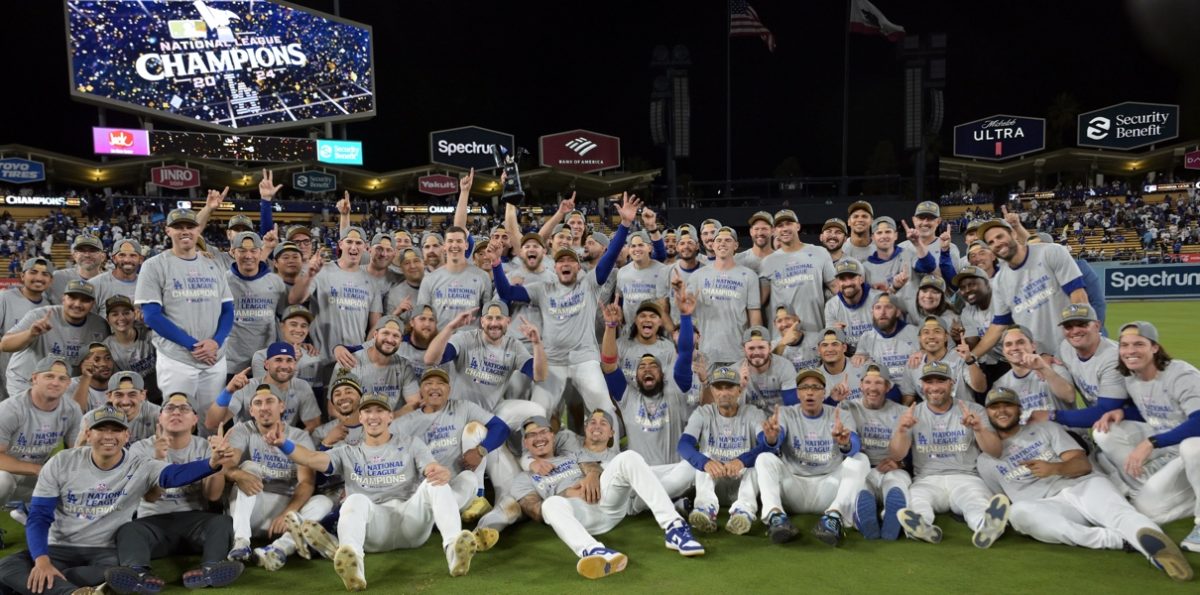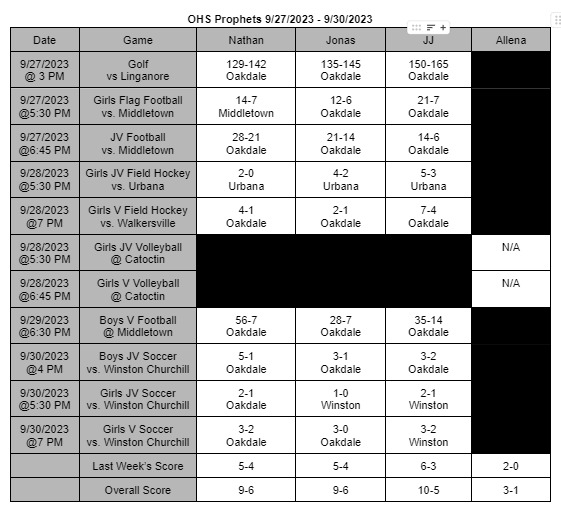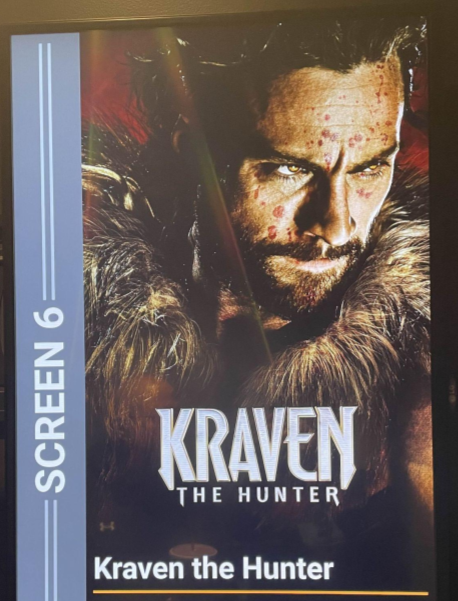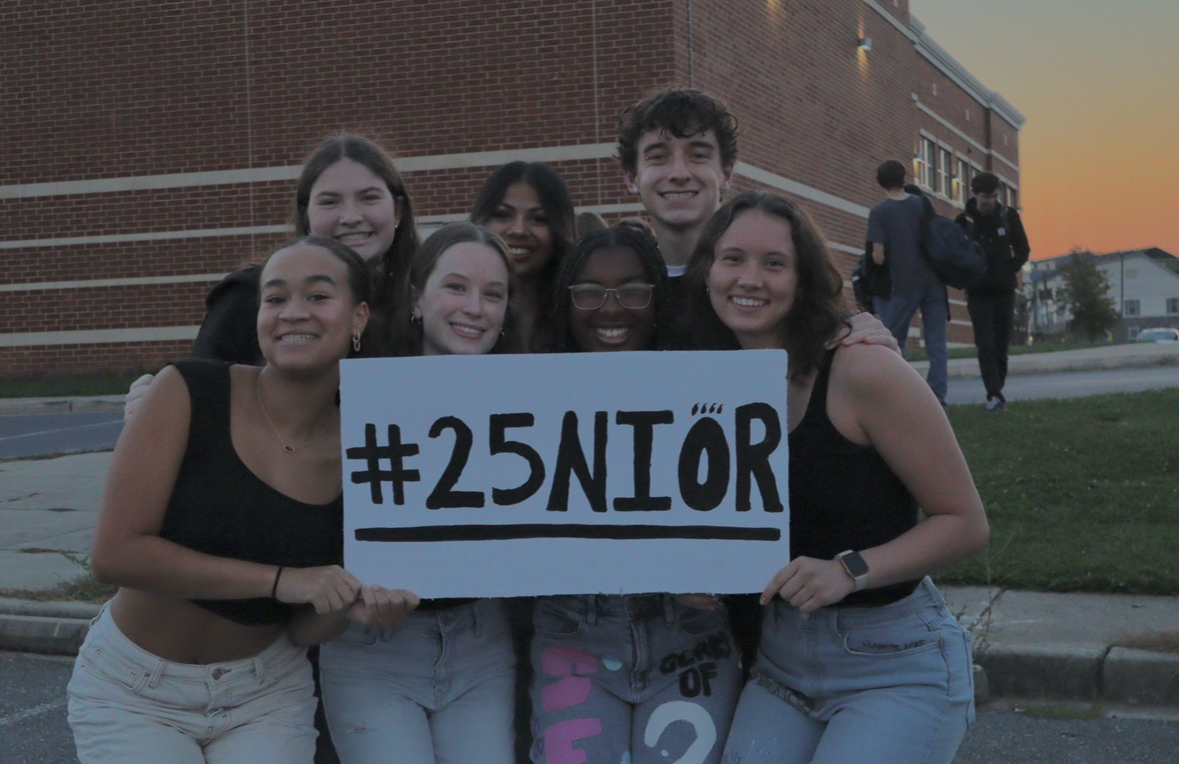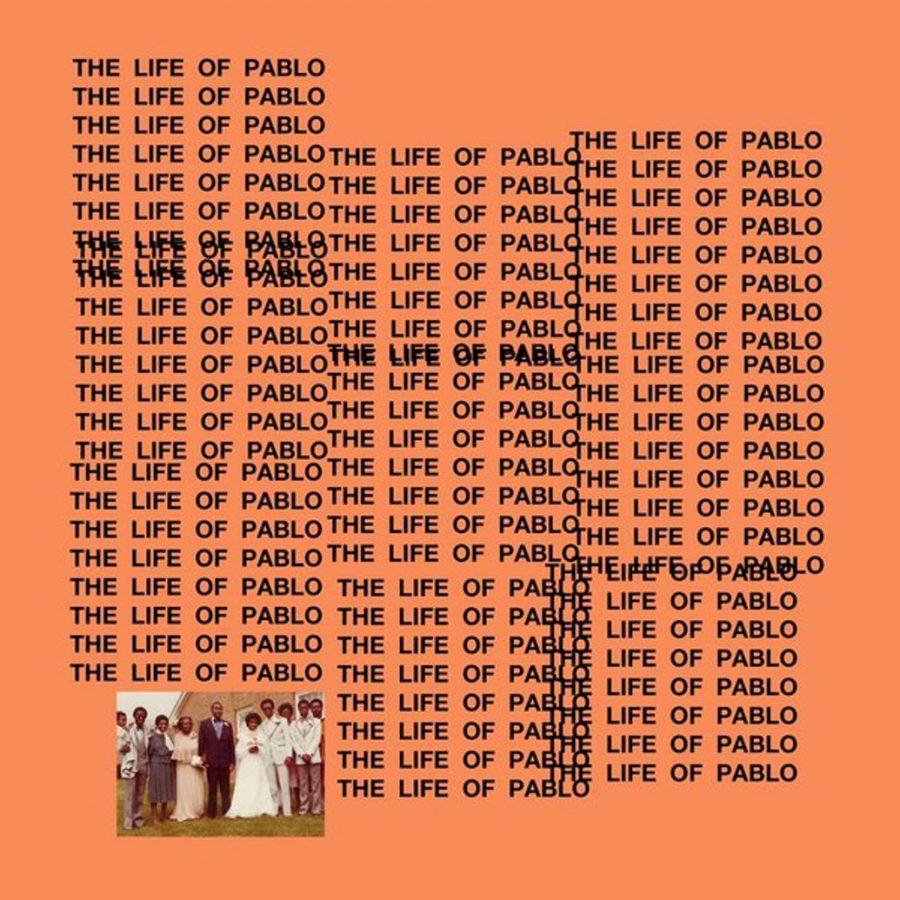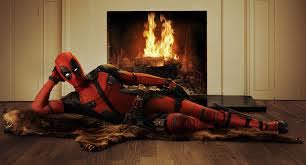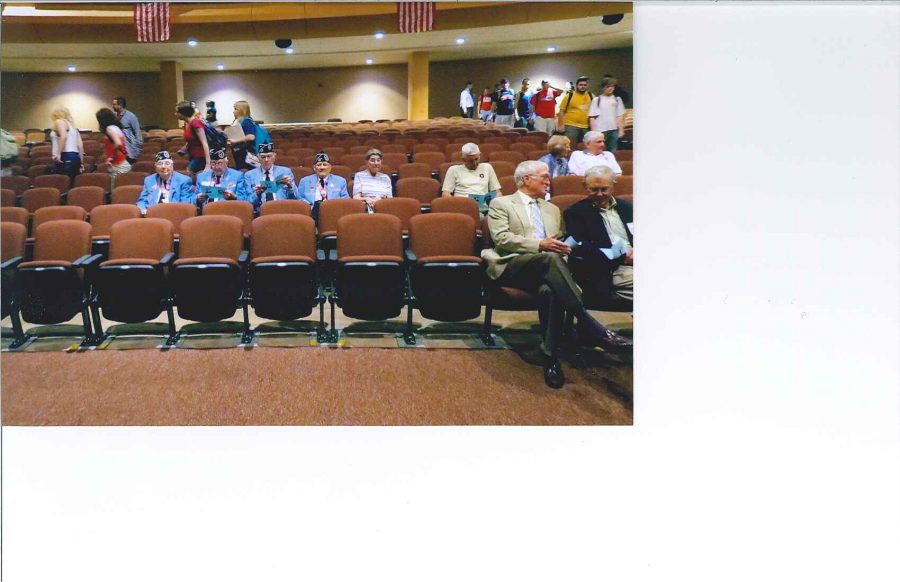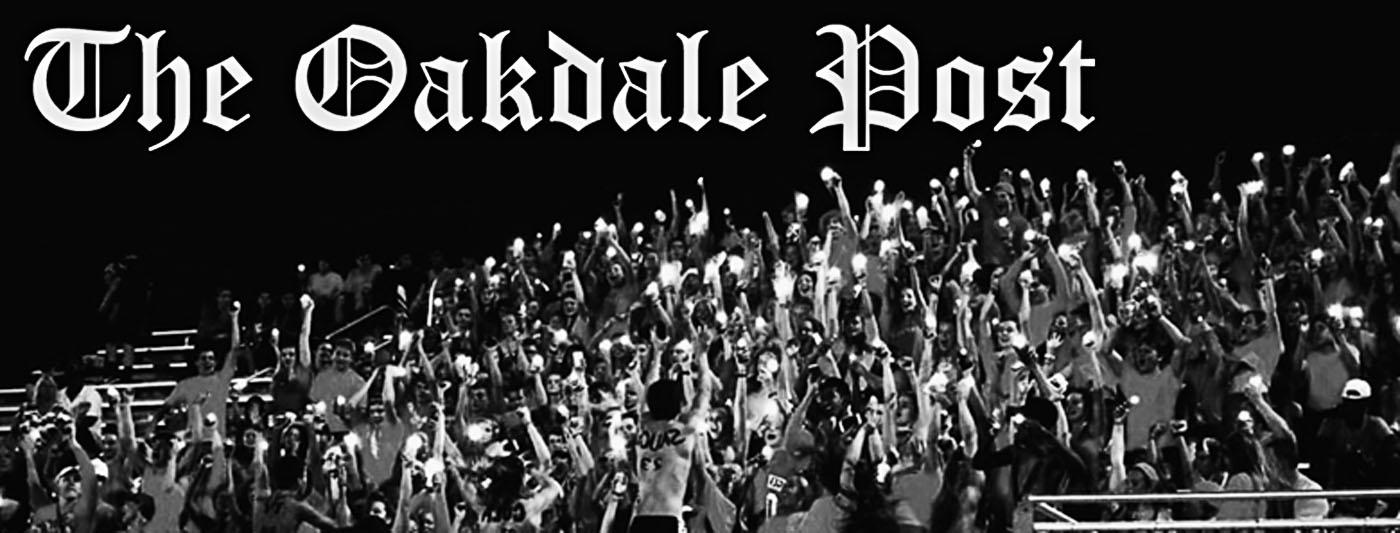“The Decade THEY came to theaters…”
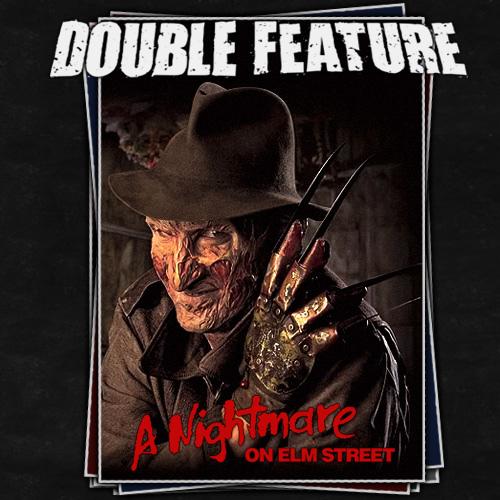
May 1, 2017
After long being deemed financially hazardous, R-rated films have once again acquired mainstream relevance, with movies like Deadpool, Logan, and Sausage Party achieving both market and critical success. This rise of more graphic blockbusters can in some ways be attributed to the slasher movie craze of the 1980s, when cinematic executives profited greatly from R-rated features.
Slashers were far more than brainless horror films; they have had a major impact on cinema, culture, and studios. Both types of slasher movies – psychological slashers that are more thriller oriented and franchise slashers that function primarily as gore fests- have their importance and relevance.
Before and after the boom of slashers, the studios were unwilling to put much effort into R-rated theatricals as those movies were considered taboo and usually a money sink. Even with exceptions like The Godfather, lower turnout among viewers persisted.
With the success of Alfred Hitchcock’s breakout horror thriller, Psycho in 1960, studios became more open to risking the R. This led to a few key slashers that launched the craze: 1974’s Black Christmas and Texas Chainsaw Massacre, and 1978’s Halloween. Halloween in particular led every studio with half a budget trying their hands at a slasher, causing ratings overall to become more varied until the 2000’s finally disemboweled the slasher era.
Beyond being a key player in the change in the development of American cinema, slasher films also yield an immeasurable impact on popular culture at large. Characters created in slasher films, primarily the villains, are memorable and iconic. While not always the most fleshed out or well written, foes like Jason Voorhees, Freddy Krueger, Norman Bates, and Leatherface have become famous and recognizable in their own right. This is because each great slasher villain has a distinguishing trait. Freddy has his claw hand, Jason, Michael Myers, and Ghostface have their masks, Leatherface is a cannibal and has his chainsaw, and Norman Bates has his mother complex. This, along with their graphic skills and memorable moments, have made the killers themselves true icons.
With the slasher craze coming from the late 70’s and 80’s, some teachers at Oakdale have spoken about their experience with slashers. “A good slasher has both plot and gore,” said Kurt Stein, Algebra teacher and Football coach. “ I would watch them here and there in the late 90’s. I think people liked that slashers were something new and different.”
Similarly, Michael Copen who teaches Film Studies and has plenty of experience with horror films, thought, “ Psychological horror can bring fear out of cloth projection. Slashers can help people face their fears, and it brings them into a shared experience, like they are part of a club.”
Both teachers prefer slashers that function as thrillers as well, and agree that they were a major part of 80’s cinema. Some of their favorites include Psycho, Scream, Nightmare on Elm Street, Saw, Children of the Corn, and Friday the 13th.
In conclusion, the critical panning of these slashers when they came out is in contrast to their significance. Even when franchised slashers have made several key flaws, like stereotypical leads and formulaic structure, they have made noteworthy changes and entertain to this day. Their legacy lives beyond their budgets and flaws and have created something truly special.










